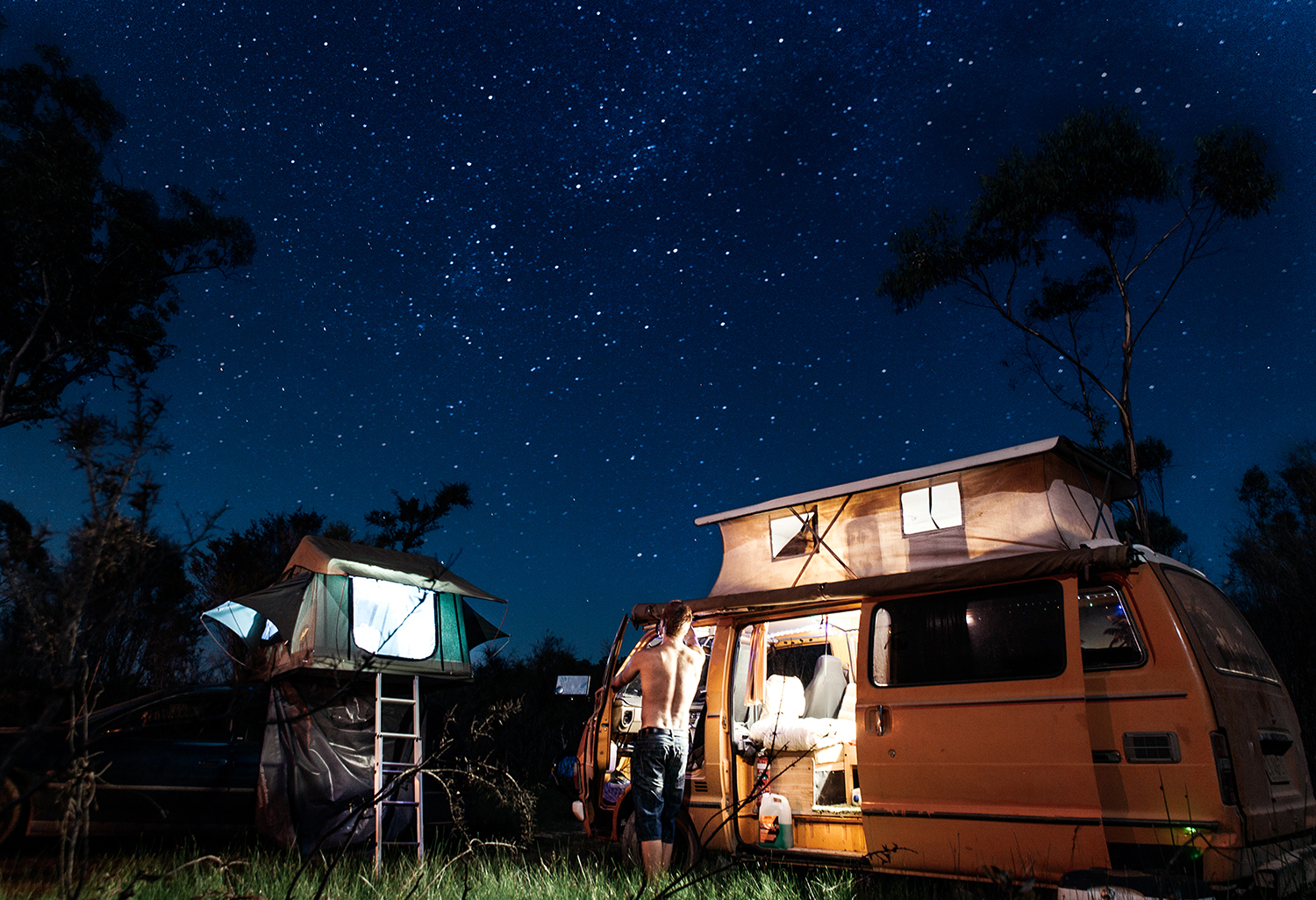It’s not going to appeal to everyone, but we’d be mad to completely discount winter camping. Without the bugs, without the crowds, some would describe it as almost the perfect getaway.
Of course, there’s just one problem – it’s winter and it’s cold. It means that it’s only going to appeal to real camping enthusiasts, with JD Dukes being one such example. We have been scouring the camping discussion sites of late and found that several individuals, like Dukes, have admitted a real preference to the winter version.

In essence, it’s inspired this guide, as we take a look at some of the best ways that the winter camping novice can take advantage of the great outdoors safely.
Don’t plan to try winter camping alone
Firstly, let’s start with some utterly simple advice; don’t do this trip alone. Winter camping brings all sorts of dangers compared to the standard trip and if possible, go with people who have seen it all and worn the t-shirt with the colder climate.
It’s not going to be as relaxing as the warmer months and you will probably need help from time to time.
Expect the unexpected
A lot of this guide may appear to be quite negative and we should put out a disclaimer at this point; winter camping is fun, but you just have to make the adequate provisions.
One way in which to achieve this is to always expect the unexpected. Carry more food than your trip should require, while the same rules apply for clothing. There’s a much bigger chance of you being stuck out for longer than planned in the winter.
The three golden rules of clothing
In truth, we really could write a whole dissertation on the winter camping clothing rules – there’s that much to cover.
For the purposes of simplicity, let’s break this down into three categories; base layer, middle layer and outer layer.
During the winter, you’ll need two base layers, usually in the form of something lightweight followed by a heavyweight layer. Turning to synthetic materials is ideal in this case, just because they can take any perspiration away from your skin.
Your middle layer, AKA the insulating layer, is designed to keep your body as warm as possible. Fleece or microfleece shirts and pants are just the ticket.
The outer layer, which should protect you from water and wind whilst still being breathable, will ideally be made from a laminate material. The breathable aspect can be expendable here; but if possible, invest in something that covers all three points.
The umpteen considerations when making camp
We’re going to assume that you’ve gone deep into the backcountry on this trip – just because you’ve taken the plunge to go winter camping anyway. For this reason, there are umpteen considerations to take into account whilst making camp.
As always, making sure a good supply of fresh water is nearby is the obvious choice as failing this, and you’ll have to turn to the troublesome route of melting snow.
At this time of year there is going to be a much bigger chance of falling trees and branches, so your camp position needs to reflect this. Of course, you’ll at least need some protection from the wind – so this really is a fine balance.
If you can manage it, aligning your camp with where the sun will rise will also help. It will just make things warmer in the morning although in comparison to the other requirements, this can probably be classed as a luxury.
